All about blue rats
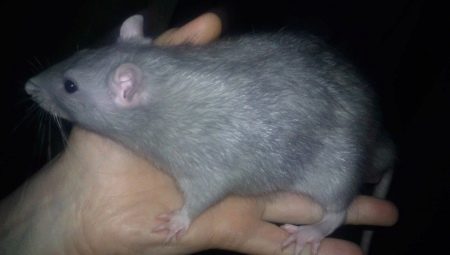
Rats are one of the smartest and truly amazing animals that appeared millions of years before humans. Today they are often kept in the apartment as pets. They have their own breeds, sizes, colors. The article will focus on such an extraordinary variety of these rodents as the blue rat.
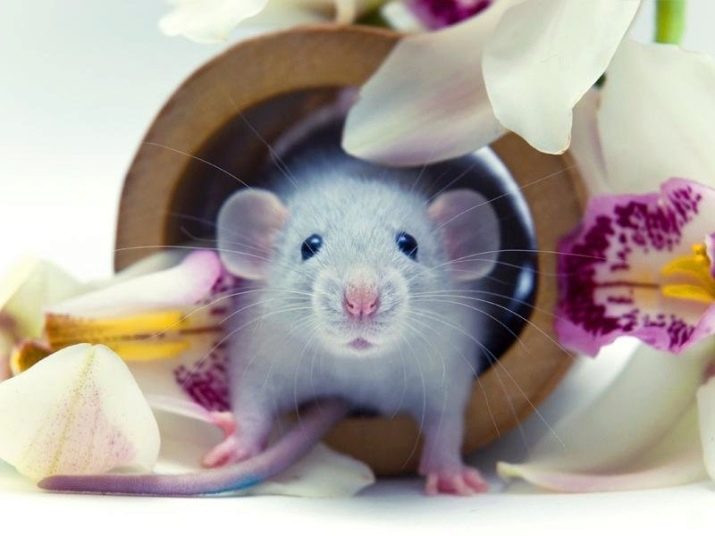
Description
The blue rat is distinguished from the rest by a very interesting color. If you look closely, you will notice that the undercoat has a bluish color, which creates such an interesting color. The paws of a rodent have the same color as the body, but the abdomen can be of other shades - gray, white or silver.
In terms of size and weight, the blue rat does not differ from the rest. The average weight of the animal is about 500 grams, and the body length reaches 43 centimeters, including the tail. The length of the tail is 15-25 centimeters. Individuals that have reached one and a half years are considered adults, however, they are ready to reproduce already from five months.
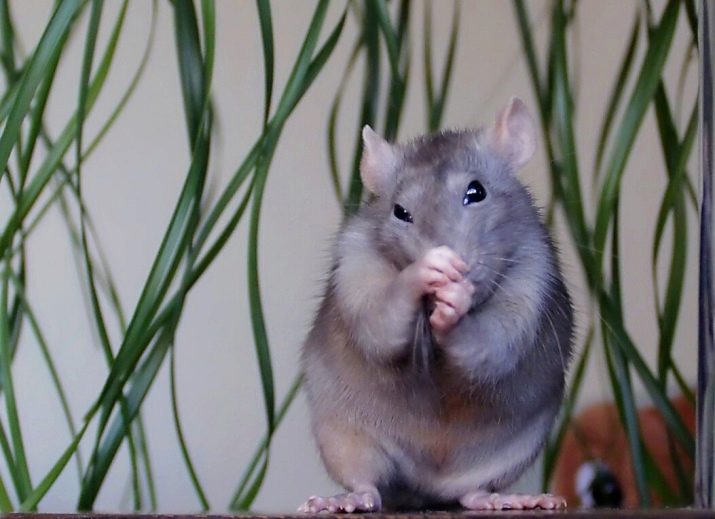
Lifestyle and behavior
Decorative rats are distinguished by kindness and affection for their owner. They love to explore the world and move outside the cage, often returning home on their own. Nevertheless, you should be more careful here, because rats are very fond of gnawing and spoiling various interior items.
Tracking rats is quite difficult as they are very fast and active creatures. However, in general, these are very friendly and docile animals. It is also worth mentioning the fact that these rodents are some of the smartest. Because of this feature, experiments are performed on rats in various laboratories. They respond perfectly to their nicknames and can easily learn the simplest commands.
It is important to understand that a decorative rat is a sociable animal, so you should buy several animals at once. If this is not possible, then it is necessary to communicate with the rodent as often as possible and release it into the wild. The average daily communication rate for a blue rat is at least one hour.
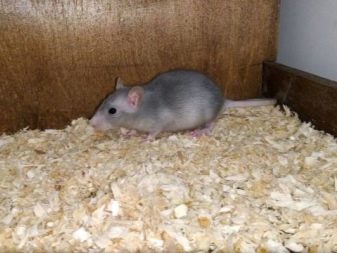

What to feed?
When composing a diet for a decorative rat, one should take into account the fact that this animal is a rodent. You should not feed the animal with only store-bought food, since this type of food can lead to undesirable consequences. At least 60% of the diet should be fruits and vegetables. It is important that all food is rinsed well and finely chopped.
Rats can be given porridge. It is better if it is crumbly cereal, because the viscous mass of the animal can easily choke. As for meat products, it is quite allowed to give raw and boiled meat to rats, but only occasionally. By-products such as liver or stomachs will not interfere. It is also recommended to give egg white.
In the summer, you can pick herbs for your pet - dandelions or chamomiles. Nuts - walnuts or pine nuts will also be useful.
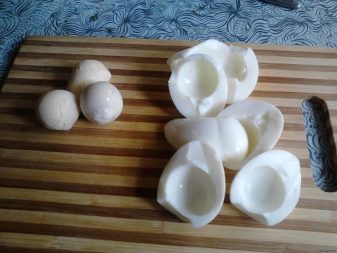
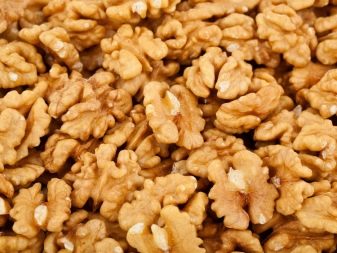
Avoid fried, smoked, salty foods, various sweets and sausages. It is not recommended to give cheese, soy milk, radishes and beets.
It is very important to choose the right food for the rodent. The ideal mix for any rat should be:
- barley;
- millet;
- oats.
When buying food, you must also take into account the age of the rodent. For example, for younger rats, feed with the most varied composition is suitable, for older rats - with the simplest grain additives. It will not hurt to put a mineral stone in the cage with your pet - by chewing it, the rat gets the calcium it needs. In general, it is best to feed the animal 2 times a day.
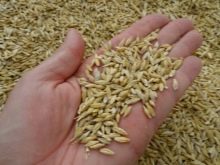
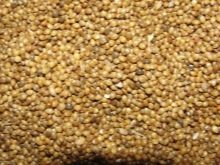

Home content
The first thing to look for when choosing a home for a rat is space. In no case should you keep the animal in a box, jar and other small containers. The cage can be found in any pet store, having bought ladders, hammocks, houses and other entertaining items with it. Many enterprising owners build houses for rodents with their own hands.
Don't forget about cell filler.... Sawdust works best for this purpose, but paper can also be used. The cage should be cleaned at least once a week. This procedure should not be neglected, since it helps to rid the structure of various microorganisms harmful to the rodent.
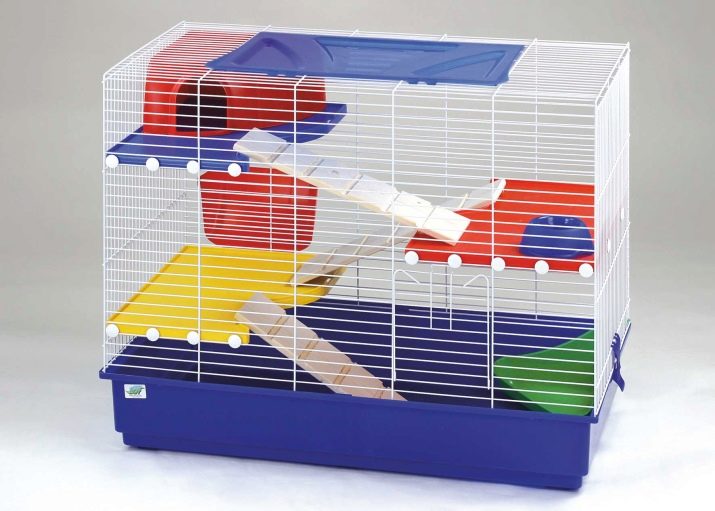
How long do they live?
The life span of a blue rat is exactly the same as any other - 2 or 3 years. Long-livers are found among rodents, but extremely rare. You can influence this factor with the help of nutrition.
A rat will live longer if the diet is properly selected and the foods that make it up are clean and fresh. Do not overfeed or underfeed the rodent. This can provoke obesity or dystrophy.
Another important condition for a long life is activity. It has been found that rats that spend most of their time in a cage live half as much as their active relatives. Therefore, the rodent should be released from the cage as often as possible.
The sad fact is that rats are extremely prone to various diseases, including cancer. It is impossible to prevent the development of a tumor. Most of the rats die precisely because of malignant neoplasms. If the animal shows signs of a tumor, you should immediately contact your veterinarian. The specialist must prescribe a course of necessary medications and treatment that can alleviate the suffering or cure the animal.
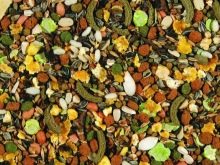


The blue rat is a restless, but at the same time very friendly and affectionate animal. Like any other pet, she requires proper attention and care. Providing the rodent with proper care can significantly extend its life and make the animal truly happy.
See below for more details.








